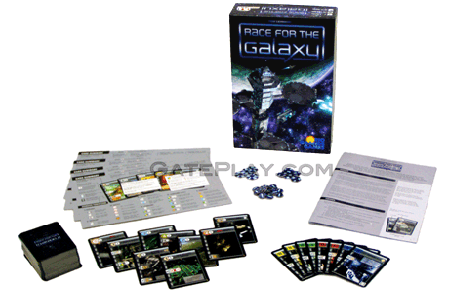Truly, I cannot believe that I,
Carrie, am writing a post with the above title. The truth is: I don't much like games. (I like them a little but not very much.) I've confessed this before. Sitting down and playing a game is not really my idea of a good time.
Usually. When I'm with other people, I prefer talking to them than playing a game with them. Usually the only games I'll go for are the ones that you can talk over.
As I've also said before, I happen to have married into a family of gamers.
No. I mean
serious gamers. My brother-in-law was the
national high school chess champion in 2006. My other brother-in-law creates his own games which he tries out on other people who are not me. My husband enjoys a good game involving strategy whenever he finds the time for it (which is rarely). Whenever my husbands side of the family is together, we always have games on hand.
At first I thought I would be bothered if my children liked games much. I am not really fond of the idea of games being all-consuming. However, now that I have children myself I see the value and the benefit of game playing. My oldest enjoys the strategy involved in games and has shown a recent interest in learning chess. Daddy and Uncle are teaching and playing. Bookworm1's ability to problem solve has increased since beginning to play games. Also, he
has learned is learning to be a good sport and congratulate the winner of the game (which is usually not himself) and be happy for the other person. He is also learning the value of thinking a little harder than he might normally be used to and working hard in order to win. (And it does require some hard work on his part.)
My second born, Bookworm2, flat out dislikes learning if it is couched in the form of a lesson. However, he loves playing with other people and games are just as great an opportunity to be with people as any. We tried and tried to help him to visually recognize his numbers (0-10) and colors (
gaa!) but no dice. He had no interested in applying himself to learn these things until he watched his brother and Daddy play a game of Uno. The rule was that Bookworm2 wouldn't be allowed to play until he agreed to learn his colors and numbers. And just like that, he put his brain to work and managed to remember that red was read and 2 was 2 and now he is able to play all manner of card games with his family.
I have discovered games really
do help to teach kids how to patiently take turns, encourage one another kindly, even when its to their own disadvantage, and to be a good sport. They've learned numbers, colors and how to follow rules. Furthermore,
the kids have had fun! So I guess I have little to complain about.
Just one problem: I generally dislike games. With few exceptions.
One exception though is the game of
Clue
. (The classic edition of this game is the one I've linked to and it is available from
Winning Moves Games. I like the classic look as it is far less sensual than these newer releases. I just want to play the game! Not be distracted by Miss Scarlett's wardrobe . . . or lack thereof.)
I've been waiting and waiting for my oldest to be old enough to play
Clue
with me. Now that he is reading and able to problem solve a bit more, I pulled out an older edition of the game (not the
Winning Moves one, but close) and we played. And he enjoyed it. He also
won which I found a bit annoying and so we had to play it several times more until I had won more than I had lost. (
Ahem.)
You know what? I had fun playing Clue with my boy. It was just him and me sitting in a room trying to out think and out maneuver the other player. We each, with a mystery to solve, enjoyed some friendly smack talk and time together. There was value in that. There
is value in that. Apparently games can indeed be a source of quality time. (Who knew, right?!) We were together with a plan for fun. That's not something to be quickly dismissed.
Then recently, when our family was here visiting, the adults played a game of Patterns which is sort of like
Psychiatrist except in Patterns the guesser is trying to figure out what the pattern is that people are following instead of an ailment. We totally stumped my brother-in-law
and father-in-law by selecting patterns which were hard to distinguish and that, too, ended up being a source of entertainment. There was plenty of time to talk and fellowship with one another and also laugh. relax, and enjoy each other's company. I begin to think games aren't so very bad after all. In fact, dare I say it, I even begin to
like them. (In moderation! Everything in moderation!!!)
And so I have purposed to learn how to play more games and to spend more time playing them. Reading books is a fun thing to do with my kids but so is taking time out to
play. As games are something everyone else in the family enjoys, I suppose I ought to learn how to enjoy them for myself. For the sake of family. For the fun of the game.
Here I go.

























